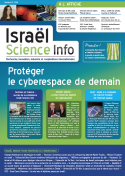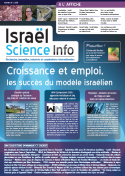Rapid progress in the development of high-intensity laser systems has extended our ability to study light–matter interactions far into the relativistic domain, in which electrons are driven to velocities close to the speed of light. As well as being of fundamental interest in their own right, these interactions enable the generation of high-energy particle beams that are short, bright and have good spatial quality. Along with steady improvements in the size, cost and repetition rate of high-intensity lasers, the unique characteristics of laser-driven particle beams are expected to be useful for a wide range of contexts, including proton therapy for the treatment of cancers, materials characterization, radiation-driven chemistry, border security through the detection of explosives, narcotics and other dangerous substances, and of course high-energy particle physics. Here, we review progress that has been made towards realizing such possibilities and the principles that underlie them.



















